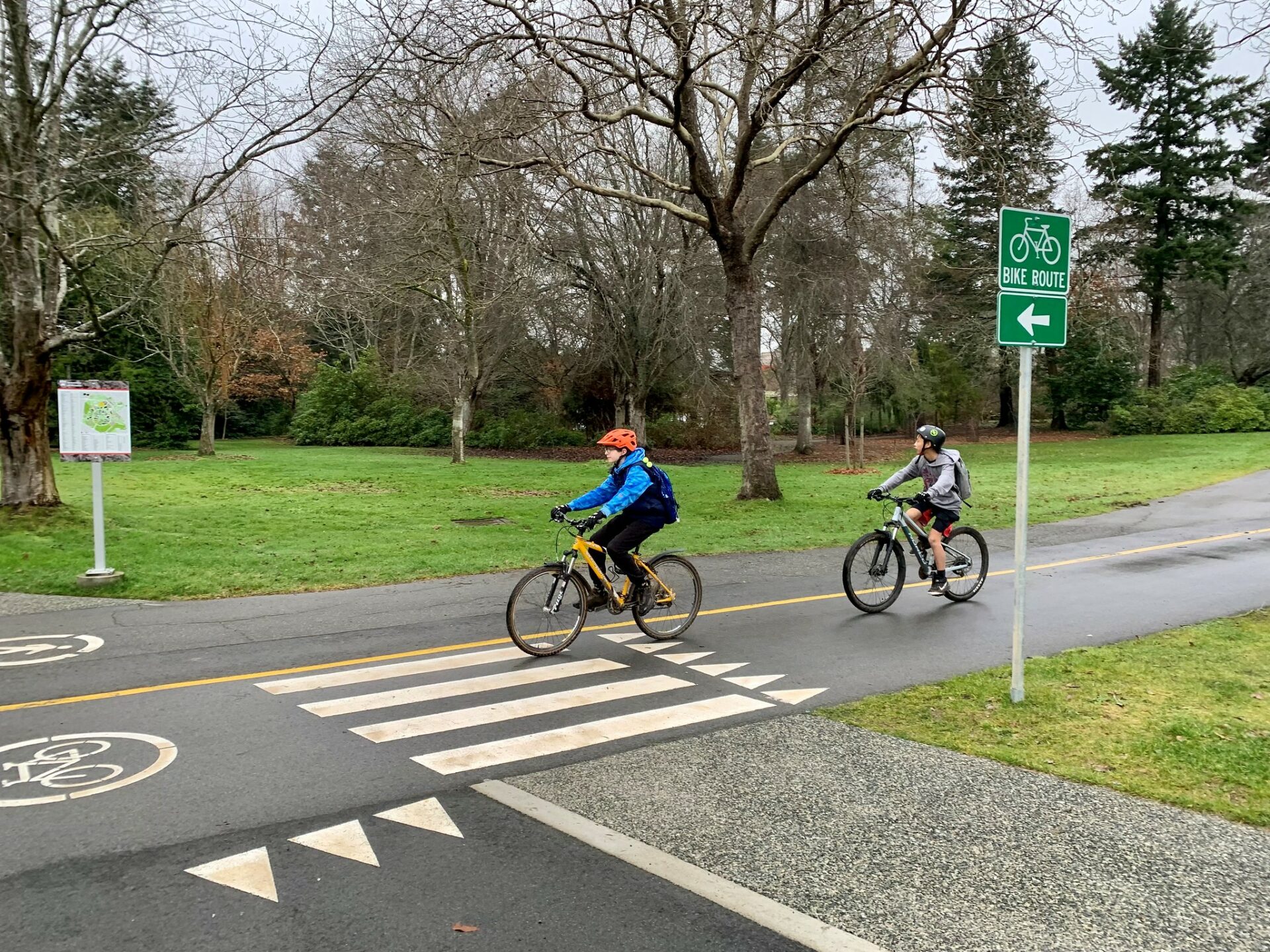The Government of British Columbia announced 74 local and First-Nations-led projects to help plan and build safe, inclusive active transportation connections are moving forward in communities around the province.
“We know that people will choose active transportation more often when there is safe and accessible infrastructure for it in their communities,” said Rob Fleming, Minister of Transportation and Infrastructure. “We’re investing in new and improved infrastructure to give families more options, which will benefit generations of British Columbians and help us meet our climate goals.”
Projects approved to receive funding through the Active Transportation Infrastructure Grants program include multi-use pathways, protected bike lanes, pedestrian bridges and regional connections, as well as lighting, sidewalks and other safety improvements. For this intake period, $20 million in funding was budgeted, an increase of $8 million from the 2021-2022 funding cycle.
“Our government is committed to building livable communities and improving quality of life for people everywhere in this province,” said Dan Coulter, Minister of State for Infrastructure and Transit. “These projects connect people and promote greater participation in society for people of all ages and abilities.”
Through the program, the Province partners with local, regional and Indigenous governments to make cost-sharing investments to a maximum of $500,000. Indigenous governments and partnerships between local governments and Indigenous governments are eligible for 80% of a project’s cost. For local governments, the Province will invest between 50% and 70% of a project’s cost based on the population size.
“Our government is committed to investing in active transportation projects because we know that they have positive effects on our communities,” said George Heyman, Minister of Environment and Climate Change Strategy. “These projects and infrastructure promote health and wellness, reduce greenhouse gas pollution and improve livability for people and our neighbourhoods. Together with our municipal and Indigenous partners, we are taking meaningful action toward our climate commitments and will continue to look for opportunities to partner in active transportation projects to help build better communities.”
An example of a recent partnership is the Centre Street 2021 Active Transportation project, an 800-metre sidewalk with benches and bike racks that connects the communities of Burns Lake and the Lake Babine Nation.
“Lake Babine Nation and the Village of Burns Lake continue to build our relationship and the Centre Street sidewalk project is a prime example of that effort,” said Dale Ross, director of public works, Village of Burns Lake, and Bernard Patrick, capital infrastructure director, Lake Babine Nation. “This unique partnership is a stellar example of how a shared vision and collaboration can result in a project that improves the connection between our communities and is delivered on time and on budget. On behalf of our communities, we’d like to extend our sincere appreciation to the B.C. Active Transportation Infrastructure Grants program. Without this partnership the project would not have been completed.”
Featured image: Seventy-four local and First-Nations-led projects to help plan and build safe, inclusive active transportation connections are moving forward in communities around the province. (B.C. Ministry of Transportation and Infrastructure)















